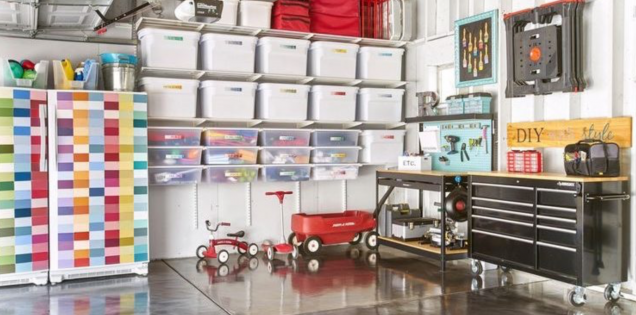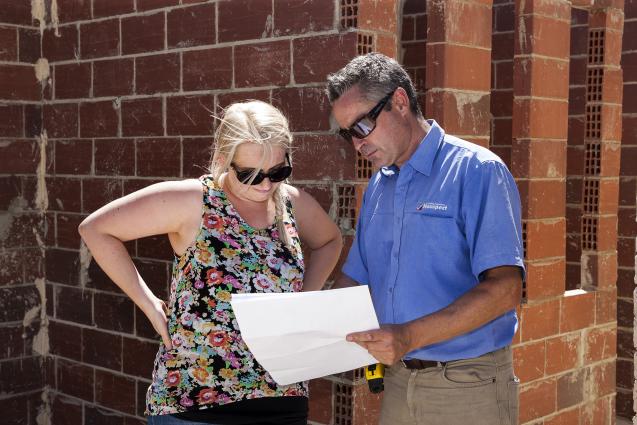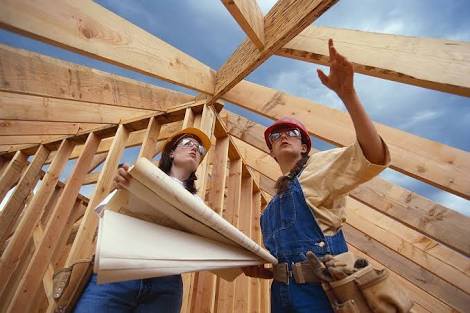
Top Building Tips to Assist with Ventilation and Air Flow
By HOUSPECT Building and Pest Inspections|November 21, 2017
Ventilation is one of the most important features of any. If it is ineffective you can look forward to paying huge energy bills while still enduring the scorching heat from the Australian weather.
Ventilation strategies should feature heavily in the design of your home. There are three common schools of thought surrounding ventilation, which your builder may integrate depending on the design and needs of your home.
Natural Ventilation
Natural ventilation and air flow is achievable through the technical design aspects of your home. The materials used, exterior paint, orientation of your home, and position of features such as doors and windows will aid this natural process. While natural ventilation should be much more effective than using air conditioning systems, you can never truly predict the elements that contribute to naturally ventilating your home.
Keeping windows and doors open also allows pollutants to easily enter your home. If you live in a residential area, naturally ventilating your home may become detrimental to your health. Relying on this natural method alone is not recommended as you have no control over temperature, humidity or condensation levels in your home.
Localised Ventilation
Localised ventilation systems are a great way of remotely controlling airflow in your home. Extractor fans, ceiling fans, and vents are common examples of this method of ventilating your home. You can control localised ventilation installations, which means they are only using energy when certain areas of the home or specific appliances are in use.
Well placed ceiling fans are a great way of ensuring continuous airflow from one area to another, preventing air from stagnating when rooms are not in use. However, localised ventilation systems are only effective if air is allowed to flow to the outside. If there is air becomes trapped in a particular area you are simply recycling the same air, which allows pollutants to remain in the home.
Ducted Systems
Ducted ventilation systems are not a new concept. However, the design and integration options offered by ducted ventilation systems are ever evolving. More commonly referred to as whole-home ventilation, ducted systems allow for much more control of airflow in your home.
While air conditioning units are one way of directing airflow, you can incorporate fans and extractions systems with your ducted ventilation. If you want to spend a little extra to save over the long-term, there are also systems which can be controlled according to zones with on-wall devices and apps that offer remote access to your air conditioning.
Home Exteriors
If you want your home to stay cool in the summer, concentrate on reflecting or shading against the worst of the sun’s rays. Light colours on exterior structures will help reflect the sun and prevent heat from becoming trapped in your home. Reflective pain, sheeting, tiles or shingles for your roof are also great options for preventing your home from retaining too much heat in the summer months.
Shading your home from the sun will also help to keep the heat out and save you money on your energy bills. The eaves of your roof, window shutters, and the trees on your property can all offer some additional shade without completely shutting out the daylight. Great ventilation and airflow should never mean shutting your home off from the sun completely.
Houspect provides expert building inspections carried out by qualified builders. If you are thinking about building or buying a home turn to Houspect for all your building inspection needs. We provide professional reports within 24 hours for most home inspections.
Ventilation strategies should feature heavily in the design of your home. There are three common schools of thought surrounding ventilation, which your builder may integrate depending on the design and needs of your home.
Natural Ventilation
Natural ventilation and air flow is achievable through the technical design aspects of your home. The materials used, exterior paint, orientation of your home, and position of features such as doors and windows will aid this natural process. While natural ventilation should be much more effective than using air conditioning systems, you can never truly predict the elements that contribute to naturally ventilating your home.
Keeping windows and doors open also allows pollutants to easily enter your home. If you live in a residential area, naturally ventilating your home may become detrimental to your health. Relying on this natural method alone is not recommended as you have no control over temperature, humidity or condensation levels in your home.
Localised Ventilation
Localised ventilation systems are a great way of remotely controlling airflow in your home. Extractor fans, ceiling fans, and vents are common examples of this method of ventilating your home. You can control localised ventilation installations, which means they are only using energy when certain areas of the home or specific appliances are in use.
Well placed ceiling fans are a great way of ensuring continuous airflow from one area to another, preventing air from stagnating when rooms are not in use. However, localised ventilation systems are only effective if air is allowed to flow to the outside. If there is air becomes trapped in a particular area you are simply recycling the same air, which allows pollutants to remain in the home.
Ducted Systems
Ducted ventilation systems are not a new concept. However, the design and integration options offered by ducted ventilation systems are ever evolving. More commonly referred to as whole-home ventilation, ducted systems allow for much more control of airflow in your home.
While air conditioning units are one way of directing airflow, you can incorporate fans and extractions systems with your ducted ventilation. If you want to spend a little extra to save over the long-term, there are also systems which can be controlled according to zones with on-wall devices and apps that offer remote access to your air conditioning.
Home Exteriors
If you want your home to stay cool in the summer, concentrate on reflecting or shading against the worst of the sun’s rays. Light colours on exterior structures will help reflect the sun and prevent heat from becoming trapped in your home. Reflective pain, sheeting, tiles or shingles for your roof are also great options for preventing your home from retaining too much heat in the summer months.
Shading your home from the sun will also help to keep the heat out and save you money on your energy bills. The eaves of your roof, window shutters, and the trees on your property can all offer some additional shade without completely shutting out the daylight. Great ventilation and airflow should never mean shutting your home off from the sun completely.
Houspect provides expert building inspections carried out by qualified builders. If you are thinking about building or buying a home turn to Houspect for all your building inspection needs. We provide professional reports within 24 hours for most home inspections.



